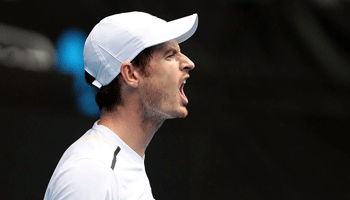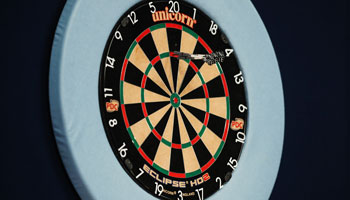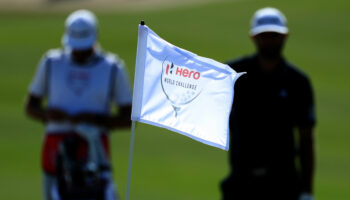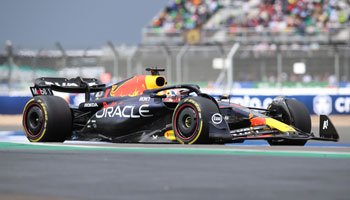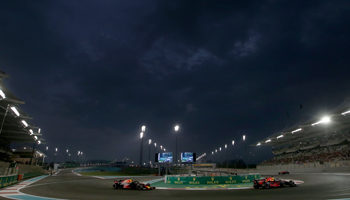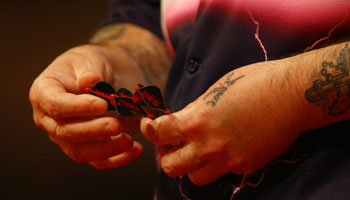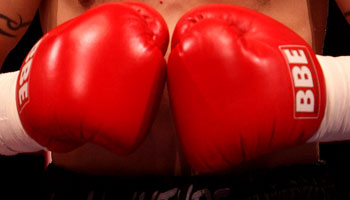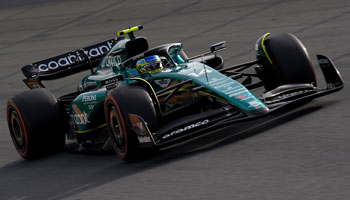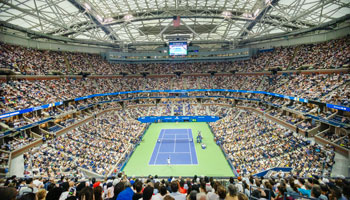With the Australian Open already under way, Andy Murray has begun a tennis season as world number one for the first time in his career. We’ve looked back at the data from the previous two decades of Grand Slams to set some expectations for him based on how the top-ranked player tends to perform.
He should win nine out of every 10 Grand Slam matches
In the previous 20 tennis seasons, the men’s world number one has triumphed in 90% of their Grand Slam matches, compared to an 85% win rate for the second-ranked player and 81% for the third. This should translate into some glory, with 31 of the 80 Grand Slams in that period being won by the top-ranked player at the time.
Murray would arguably have risen to the number one spot more quickly if it wasn’t for the unusually high number of talented players blocking his path but with his recent rivals on the wane he has an excellent chance of living up to expectations. Former nemeses – and world number ones – Rafael Nadal and Roger Federer are ranked ninth and 17th respectively, suggesting the Spaniard should be targeting a Grand Slam match win percentage of 73% and the Swiss legend just 65%, based on how players of their rank usually perform.
Some Grand Slams will be easier than others
It was surprising to see Murray crash out of the Australian Open as it tends to be kind to the world number one. The best-ranked men’s player has had a win rate of 92% at Melbourne Park over the previous 20 years and has won half of those tournaments outright. Only Wimbledon – Murray’s home turf and where his overall match win rate of 85% is higher than at any other Grand Slam – sees the top-ranked player win games more regularly.
When Murray heads to Roland Garros for the French Open in the spring, his number one status could be more albatross than armour, with only 85% of matches and just one in five titles claimed by the best-ranked player during the last two decades. It is also the only one of the four Grand Slams to see the number one player fail to appear in at least half of its finals.
He should lift at least one trophy
Regardless of which are easier to win, Murray can expect to triumph in at least one of the four Grand Slams this year. The world number one has only failed to lift a single trophy in two of the last 20 years – 2003 and 2008 – with the remaining 18 years seeing an even split. Nine of them have seen a single Grand Slam claimed by the best-ranked player and the other nine have seen them end up winning two or three.
In the four-year stretch from 2004 to 2007, Federer racked up 10 trophies – two each in the first two years and three in each of the latter – but even he couldn’t claim all four. He came agonisingly close, though, having reached the final of the French Open in 2006 and 2007 and therefore just one match away from a clean sweep.
He’s some way behind the game’s recent greats
Murray can consider himself unlucky to have risen to prominence at a time when there were so many excellent players already contending for trophies and many suspect he would have won more silverware in a less crowded era. However, the fact remains he needs a strong finish to his career if his record is to stand alongside those of those who have kept the number one spot from him until now.
For example, he has reached the final in 26% – just over a quarter – of the Grand Slam tournaments that he has entered: 11 out of 43. Meanwhile his three great rivals – Novak Djokovic, Nadal and Federer – have each done so in 40% or more; a rate of progression far in excess of the current world number one. Reaching all four finals this year would take Murray’s record to 32% and doing so again in 2018 would increase it further to 37%, so for a player who is still only 29 there remains time to catch up with his erstwhile rivals and be remembered as one of the game’s all-time greats.
